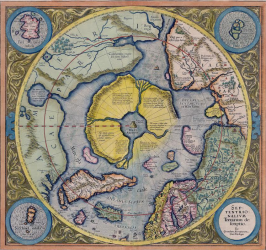Terence McKenna – Gnosticism & the Early Christian Tradition
https://youtu.be/Wf4LSFeQiZE
Asgard and the Slavic Prophecies
Lars Muhl – The Healing Method of Yeshua and the Essenes
David Bohm – Sheldrake-Vernon Dialogue
https://youtu.be/XDpurdHKpb8
Sathya Sai Baba Story
https://youtu.be/lK_mxemwNDQ


